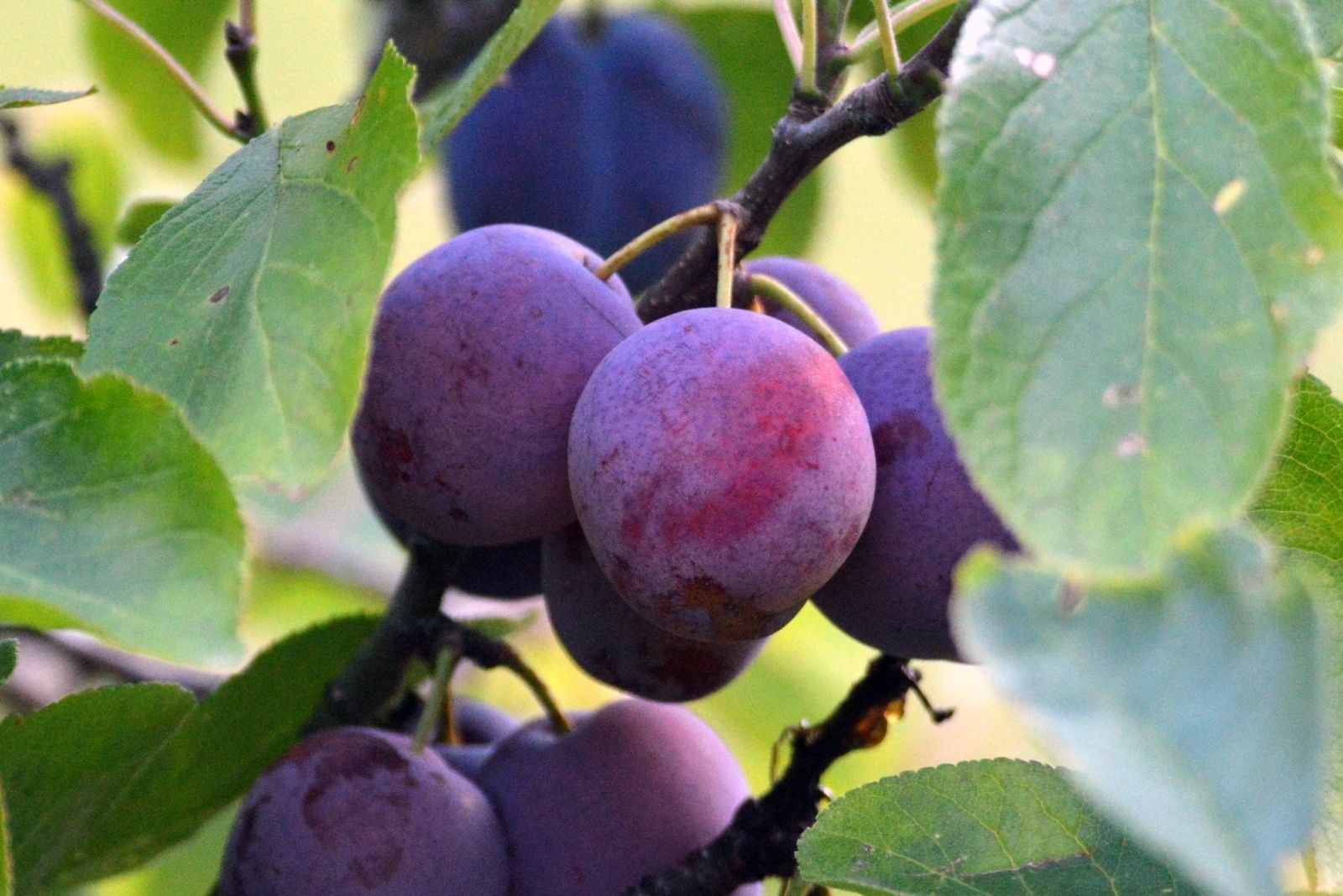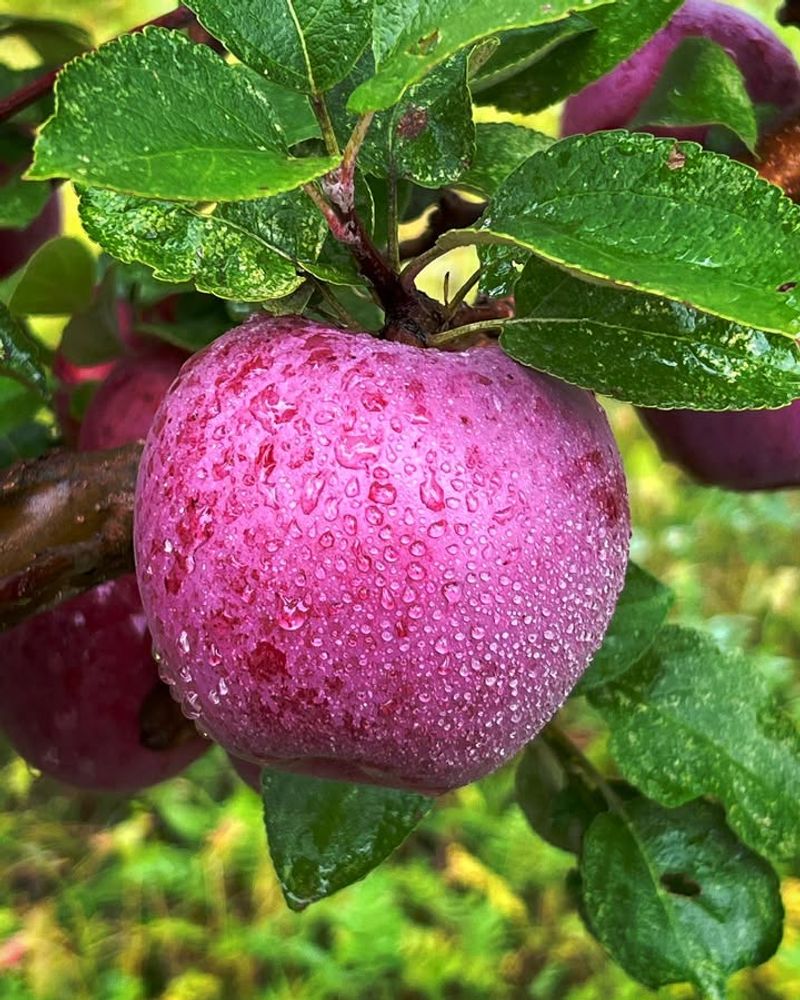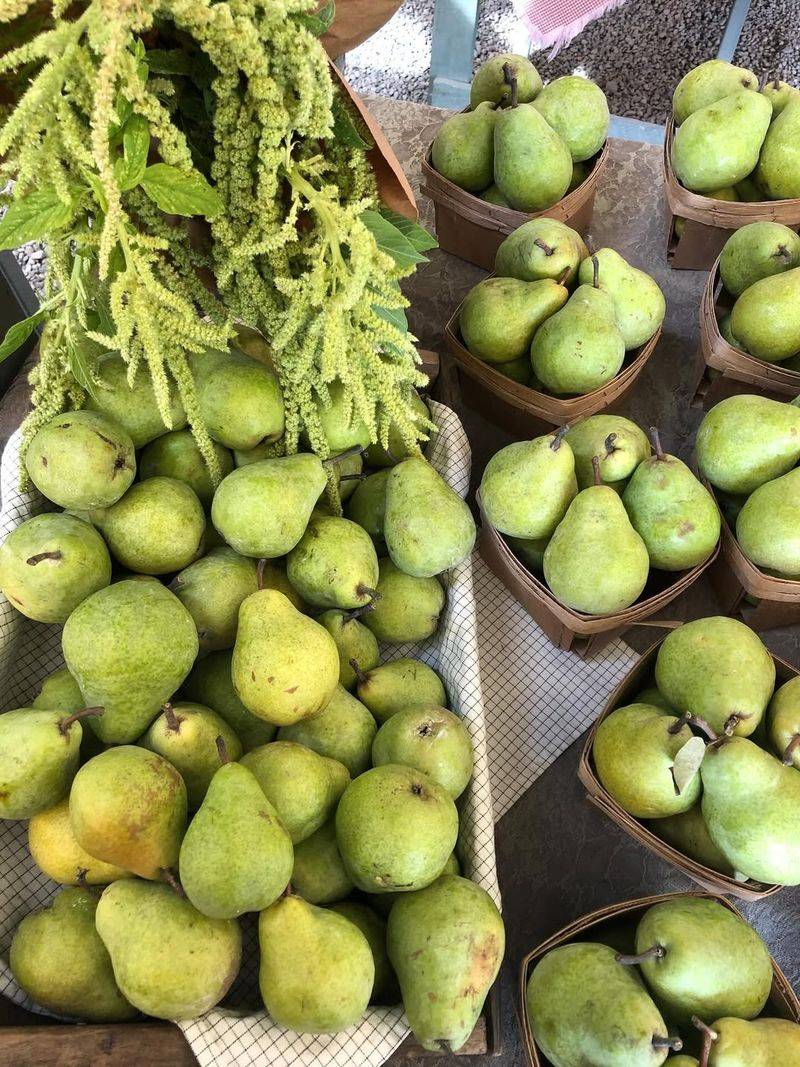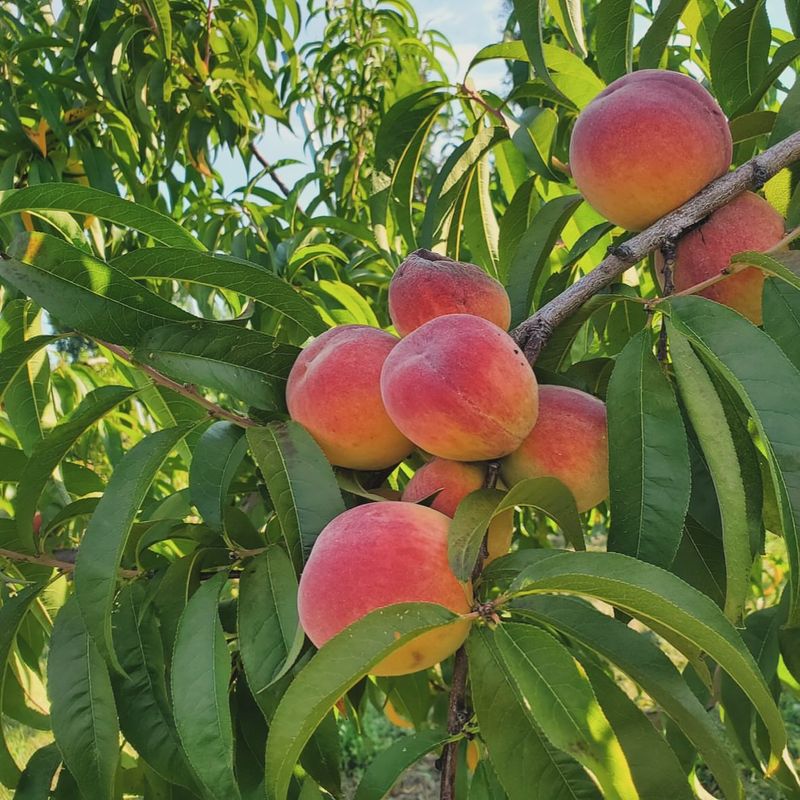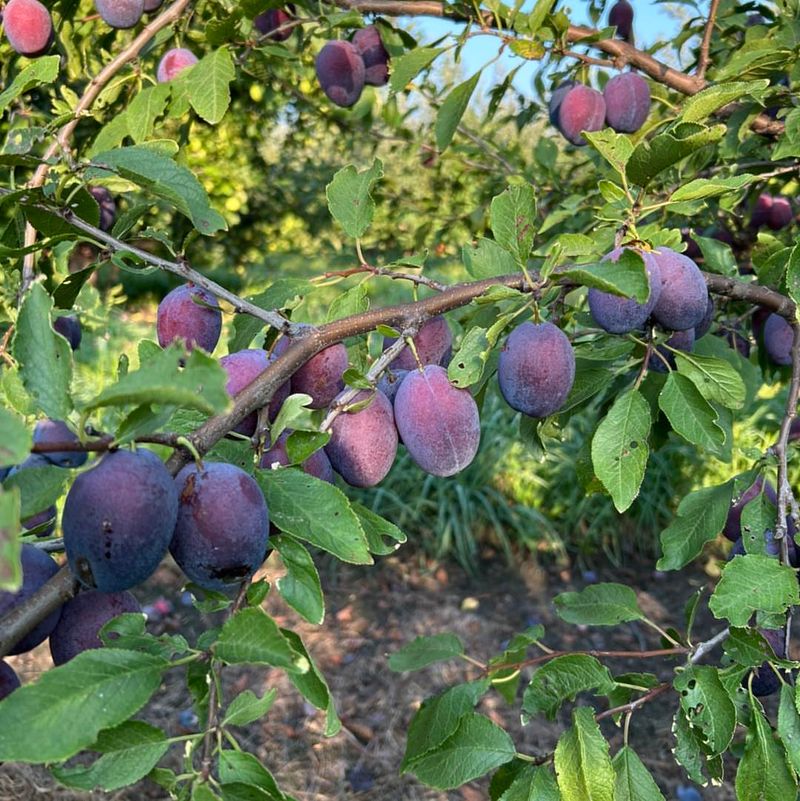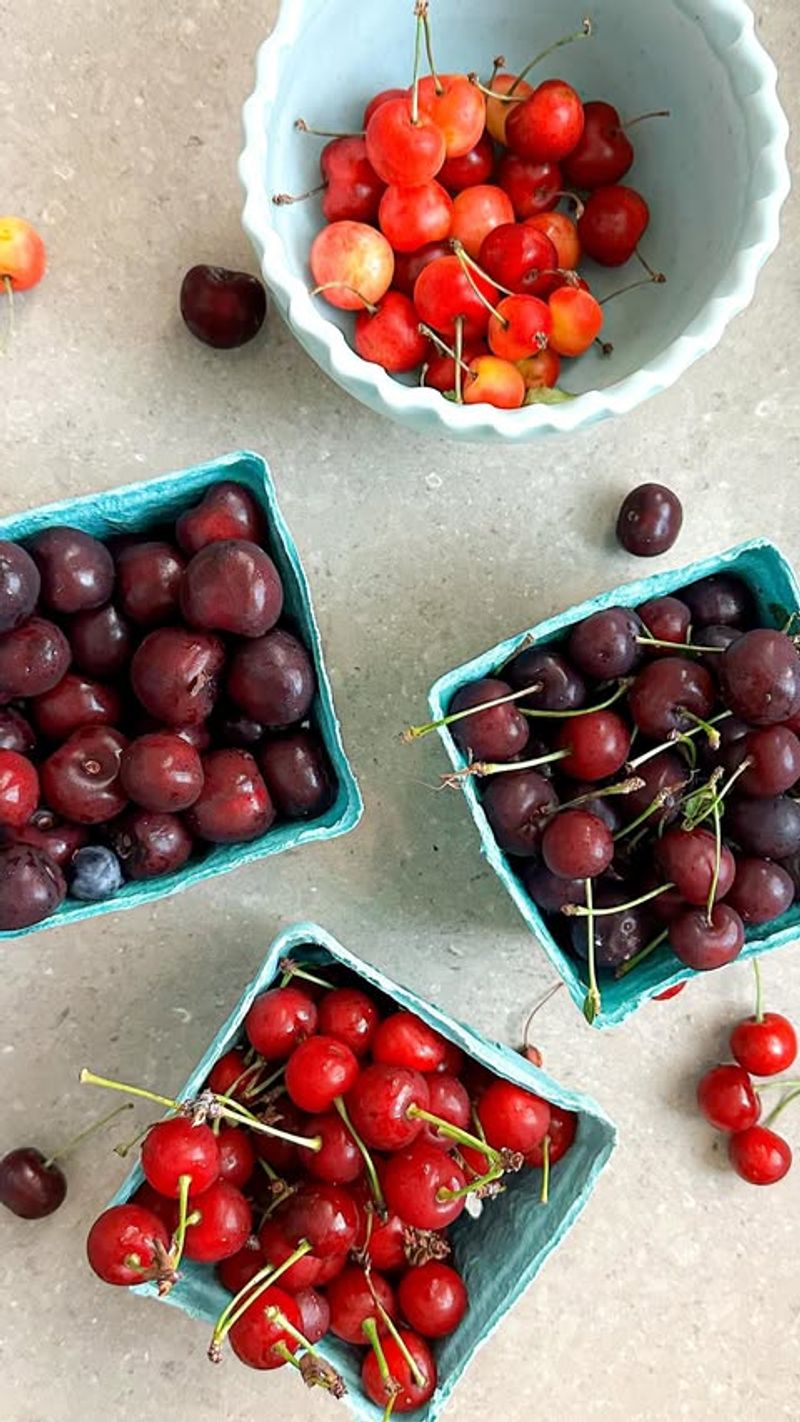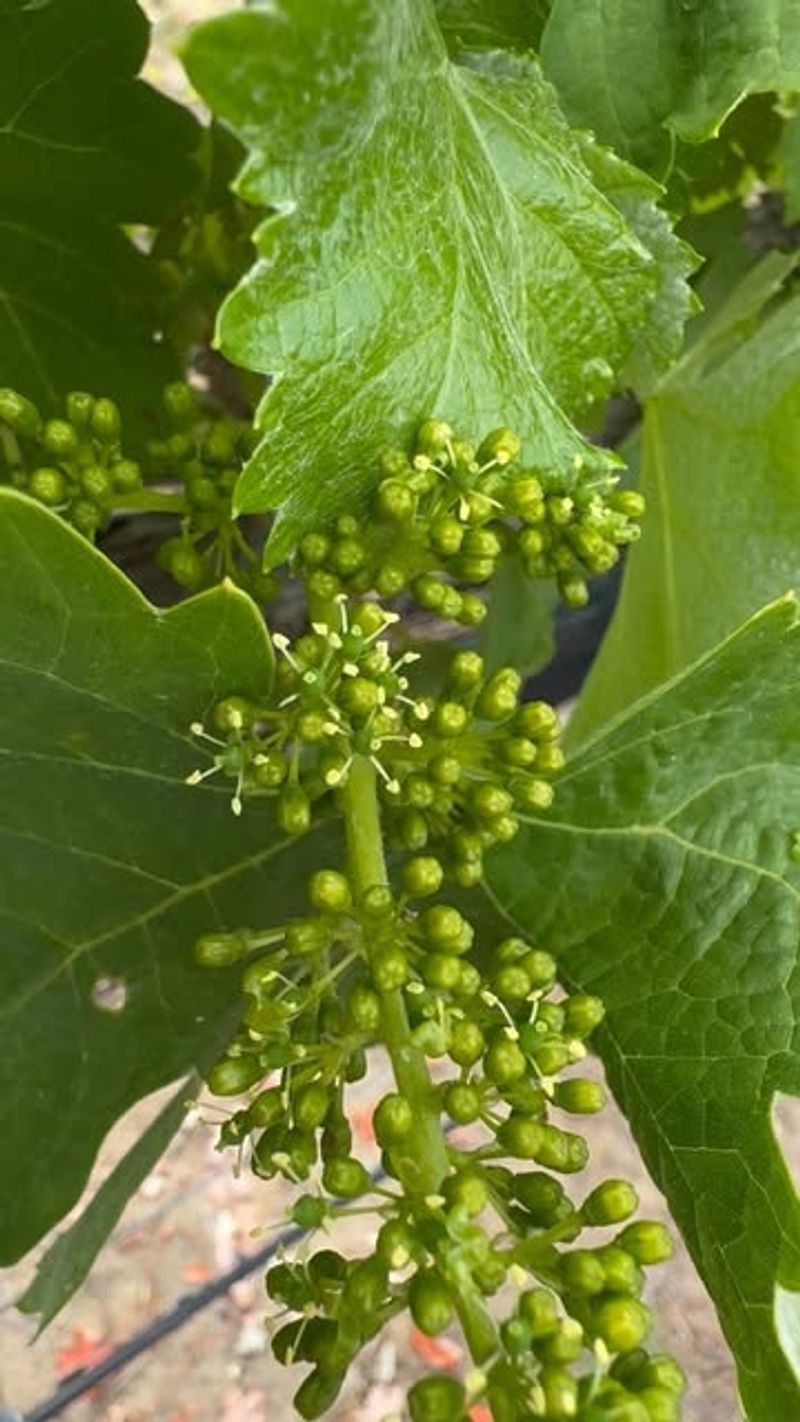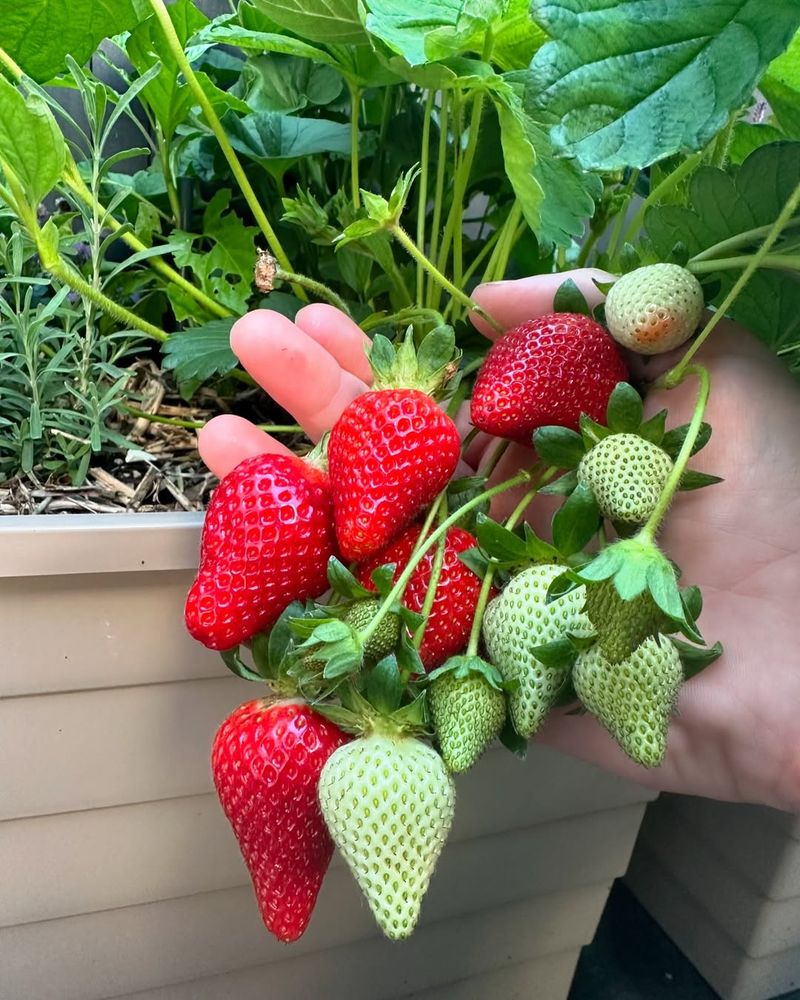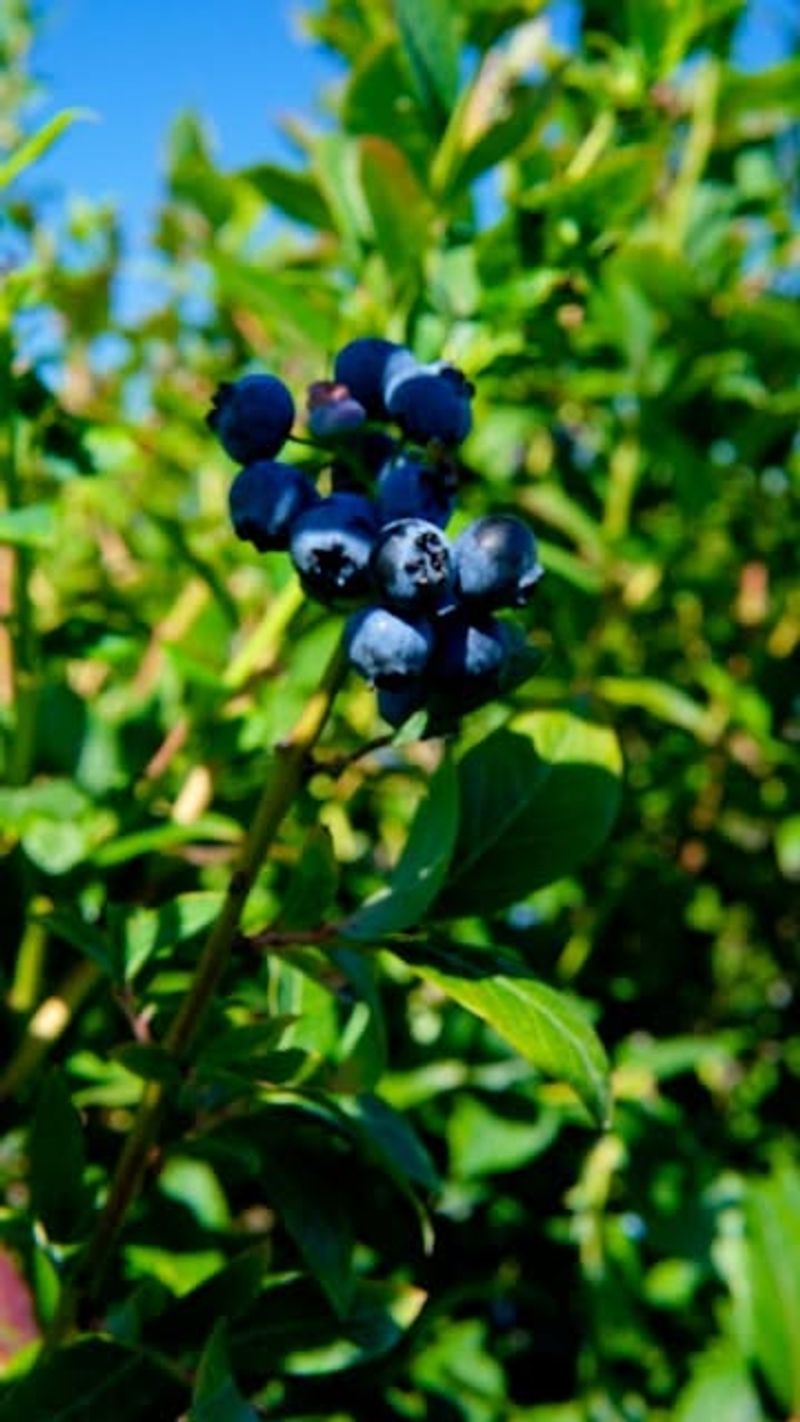October in Massachusetts offers a perfect window for starting fruit seeds that need winter’s cold snap to germinate properly. Planting now gives seeds the natural stratification they need during our New England winters.
While most people think spring is planting season, certain fruits actually do better when their seeds are planted in fall, establishing stronger root systems before summer arrives.
1. Apples
Starting apple seeds in October allows them to experience the natural cold period they need to sprout successfully. These seeds require stratification – a fancy word for the chilling period that breaks their dormancy.
Massachusetts apple varieties like Baldwin and Roxbury Russet adapt well to our local soil conditions when planted before winter. The seeds benefit from our region’s natural freeze-thaw cycles.
I’ve found that planting apple seeds in small pots filled with compost and garden soil works best, then sinking those pots partially into the ground for winter protection. This method has given me the most consistent results in my backyard orchard.
2. Pears
Getting a head start with pear seeds in October means they’ll be ready to sprout as soon as spring arrives. Unlike some fruit seeds, pears need that long winter chill to break dormancy effectively.
The cold Massachusetts winters provide perfect natural stratification for pear seeds. Our region’s soil, which tends to be slightly acidic, creates good growing conditions for varieties like Bartlett and Bosc.
My experience with pear seeds has taught me to be patient – they can take longer than other fruit seeds to germinate. Last year, I planted a dozen seeds in October and was rewarded with five healthy seedlings by late May.
3. Peaches
Tucking peach pits into the soil this October jumpstarts the germination process that requires cold exposure. Save seeds from locally grown peaches for better adaptation to Massachusetts conditions.
The freezing temperatures of our Massachusetts winters naturally crack the hard seed coating. This process, which commercial growers often simulate artificially, happens perfectly in our climate when planted in fall.
In my garden, I’ve had surprising success with peach pits from farmers market peaches. I simply clean the pits, let them dry for a week, then plant them about two inches deep in well-draining soil before the first hard frost.
4. Plums
Fall planting gives plum seeds the extended cold period they require to germinate successfully come spring. Clean the pits thoroughly before planting them about three inches deep in rich soil.
Massachusetts gardeners benefit from our reliable winter temperatures when growing plums from seed. The consistent cold period breaks down the seed’s hard outer coating naturally, eliminating the need for artificial scarification.
I’ve noticed that plum seeds from European varieties seem to do better in my Massachusetts garden than Japanese types. The European varieties handle our cold winters better, and I’ve had nearly 80% germination success when planted in October.
5. Cherries
October planting allows cherry pits to receive the natural cold stratification they need. These seeds won’t sprout without experiencing at least 3-4 months of temperatures below 40°F.
Our Massachusetts climate provides the perfect conditions for cherry stratification. The seeds will remain dormant through winter, and the freeze-thaw cycles help crack the hard outer shell naturally.
When I started my cherry trees from seed, I found using a mixture of compost and sand helped with drainage. My favorite approach is planting several pits in a dedicated nursery bed where they can remain undisturbed during their first year of growth.
6. Grapes
Planting grape seeds in October gives them a head start for spring germination. Select seeds from locally grown grapes that have already proven they can thrive in Massachusetts conditions.
The cold stratification period provided by our Massachusetts winter helps break down the seed coating. Our region’s naturally acidic soil also provides good growing conditions for many grape varieties.
From my experience growing grapes from seed, I recommend planting them in a sheltered location with morning sun. While commercially grown grapes are typically propagated from cuttings, I’ve enjoyed the adventure of growing unique varieties from seed in my garden.
7. Strawberries
Collecting and planting strawberry seeds in October might seem unconventional, but it works wonderfully in our Massachusetts climate. Gently extract the tiny seeds from the fruit’s surface and dry them before planting.
The seeds benefit from our region’s winter conditions, which provide natural cold stratification. Unlike store-bought strawberry plants, seed-grown strawberries often develop better adaptation to local growing conditions.
My garden experiments have shown that strawberry seeds planted in fall produce stronger plants than spring-planted ones. I typically scatter them in shallow trays filled with seed-starting mix, barely covering them with soil before placing them in a protected area.
8. Blueberries
October is perfect timing for planting blueberry seeds in Massachusetts gardens. These tiny seeds need the winter’s cold period to break dormancy effectively and prepare for spring germination.
Massachusetts acidic soils create ideal growing conditions for blueberries. Our native highbush varieties have adapted perfectly to local conditions over thousands of years, making them excellent candidates for seed propagation.
I’ve had great success starting blueberries in peat-based soil mixtures that maintain the acidity they love. Though they grow slowly from seed, the plants I’ve started this way seem more resilient to our unpredictable New England weather patterns than nursery-bought plants.

